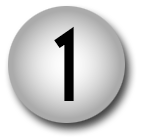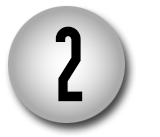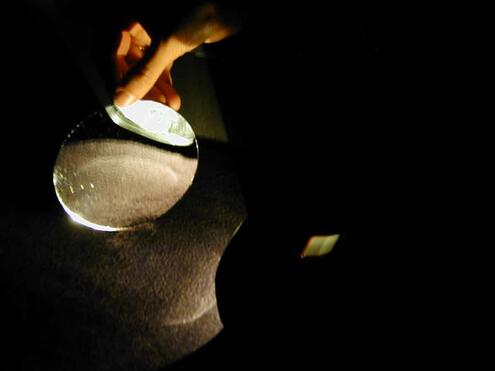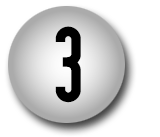
Rays of light reflect, or bounce off, objects just like a ball bounces on the ground. This reflection of light is what enables us to see everything around us.
Take a look out your window: you see everything in the natural world (that doesn't produce its own light) because it reflects the light of the Sun. We can see the Moon because the Sun's light is reflected off the Moon's surface.
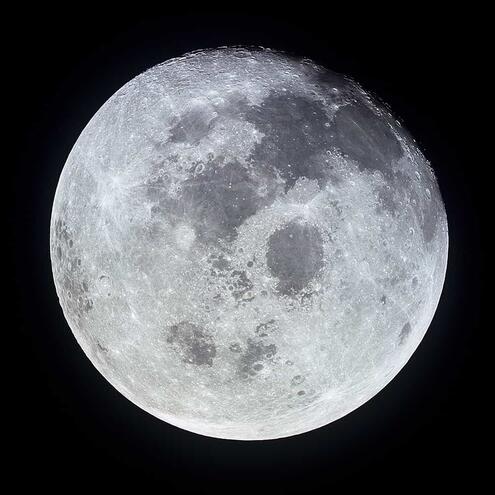
What makes the moon shine? It reflects light from the Sun.
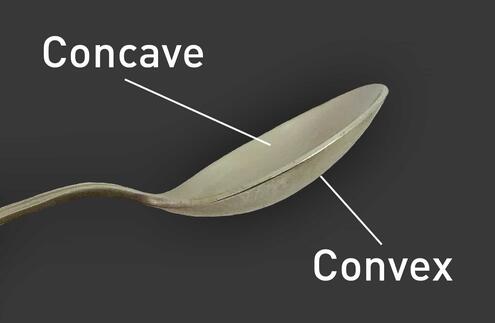
The outer curve of a spoon is a convex surface. The inner curve is a concave surface.

The outer curve of a spoon is a convex surface. The inner curve is a concave surface.
Light can reflect in different ways, changing the way objects look. Light reflects more off light-colored surfaces than dark-colored ones. You also see different types of reflection when you see an image reflected in a mirror or in a spoon. A flat mirror reflects an exact, though reversed, image of an object because the reflected light rays travel at parallel paths. But a convex surface, like the outside of a spoon, causes light rays to spread out, distorting the reflected image. What do you think happens when an image is reflected off a concave surface, like the inside of a spoon?
What You'll Need
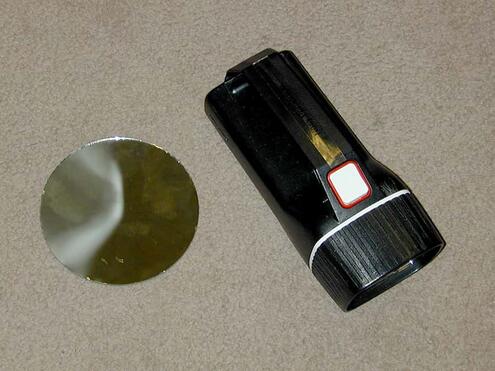
- 1 flashlight
- 1 mirror
- Construction paper (optional)
What To Do
Image Credits:
All images courtesy of AMNH




 Biodiversity
Biodiversity
 Brain
Brain
 Genetics
Genetics
 Marine BiOLogy
Marine BiOLogy
 MicrobiOLogy
MicrobiOLogy
 PaleontOLogy
PaleontOLogy
 ZoOLogy
ZoOLogy
 AnthropOLogy
AnthropOLogy
 ArchaeOLogy
ArchaeOLogy
 Astronomy
Astronomy
 Climate Change
Climate Change
 Earth
Earth
 Physics
Physics
 Water
Water

